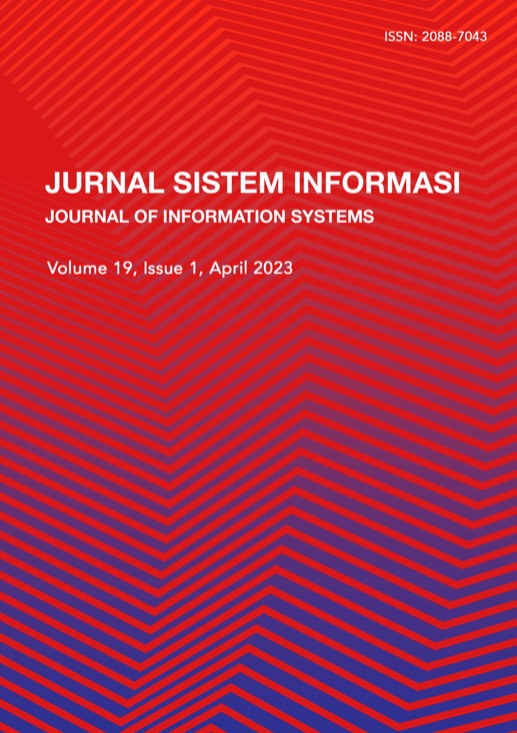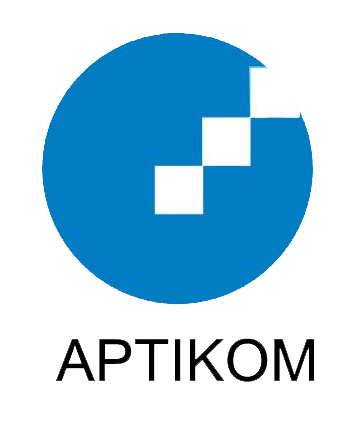Prioritizing Critical Success Factors of Requirements Engineering using Analytical Hierarchy Process
Abstract
Requirements engineering is not as straightforward as asking stakeholders what they want the information systems to do. In most cases, their vision tends to be limited by the status quo. Eliciting a complete set of requirements that fulfil every gap and withstand scrutiny during validation is challenging. Hence, it is important to consider various factors influencing the success of requirements engineering. This paper identifies and prioritizes multiple critical success factors of requirements engineering using the Analytical Hierarchy Process. The initial model was developed from literature review and validated using evidence from an empirical study. Quantitative data was collected through a questionnaire and then analyzed to rank the success criteria and critical success factors. The results show that the user satisfaction is the most important success criterion, while the clear definition of project scopes and goals is the most critical factor for the success of requirements engineering.
Downloads
References
Alonso, J. A., and Lamata, M. T. 2006. "Consistency in Analytical Hierarcy Process: A New Approach," International Journal of Uncertainty, Fuzziness and Knowledge-Based Systems (14:4), p. 445−459.
Alvertis, I., Koussouris, S., Papaspyros, D., Arvanitakis, E., Mouzakitis, S., Franken, S., Kolvenbach, S., and Prinz, W. 2016. "User Involvement in Software Development Processes," Procedia Computer Science (97), pp. 73-83.
Alves, C., Ramalho, G., and Damasceno, A. 2007. "Challenges in Requirements Engineering for Mobile Games Development: The Meantime Case Study," in: 15th IEEE International Requirements Engineering Conference (RE 2007). pp. 275-280.
Copyright (c) 2023 Jurnal Sistem Informasi

This work is licensed under a Creative Commons Attribution-ShareAlike 4.0 International License.
Authors who publish with this journal agree to the following terms:
- Authors retain copyright and grant the journal right of first publication with the work simultaneously licensed under a Creative Commons Attribution License that allows others to share the work with an acknowledgement of the work's authorship and initial publication in this journal.
- Authors are able to enter into separate, additional contractual arrangements for the non-exclusive distribution of the journal's published version of the work (e.g., post it to an institutional repository or publish it in a book), with an acknowledgement of its initial publication in this journal.
- Authors are permitted and encouraged to post their work online (e.g., in institutional repositories or on their website) prior to and during the submission process, as it can lead to productive exchanges, as well as earlier and greater citation of published work (See The Effect of Open Access).








